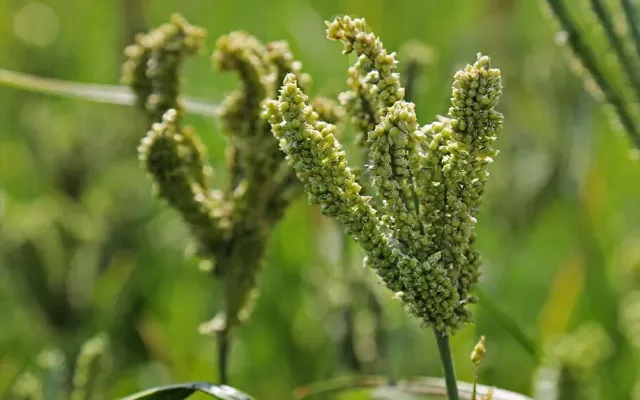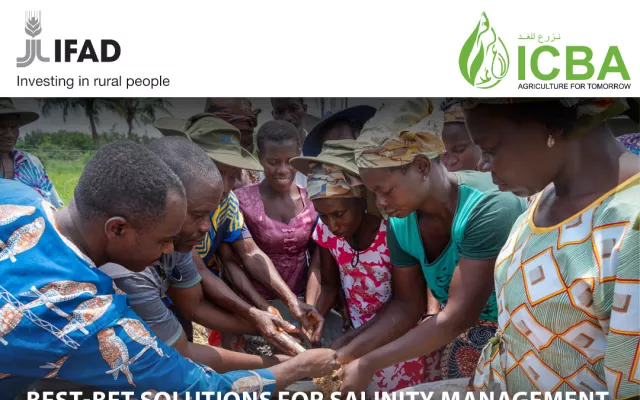Tajik farmers look at pearl millet for food, forage production
26 December 2018
With only 7 percent of agricultural land, Tajikistan is a mountainous country situated at the heart of Central Asia. The majority of its arable land is irrigated, and cotton remains an important cash crop. Before the civil war in 1992-1997, Tajikistan was an important exporter of fruits, especially high-quality apricots, almonds and pistachios.
More than 20 years have passed since the signing of the peace accords in Tajikistan. But its road to improvement of agricultural production, seriously affected by the conflict, has been long and tedious. Vulnerability of the country to climate change has further exacerbated the situation: by 2050, the temperature is expected to rise by 2.9 degrees Celsius.
With a changing climate, the introduction of crops resistant to drought and salinization has become a priority in the country to ensure food security and boost agricultural productivity.
“In recent years, vast areas of arable land and natural pastures in the northern part of Tajikistan have been marginalized,” says Dr. Kristina Toderich, Regional Coordinator of the International Center for Biosaline Agriculture (ICBA) in Central Asia and the Caucasus. “Due to salinization and insufficient irrigation of natural pastures in northern Tajikistan, there is a sharp decrease in the forage base of natural pastures, which adversely affects the development of animal husbandry in the region.”
One of the most promising feed, grain and energy crops are sorghum and pearl millet, cultivated in many parts of the world today. They are important crops for food security in semi-arid and arid regions due to their high nutritional quality, tolerance of stresses and performance in marginal lands with low fertility.
Under an initiative on diversification of crops to improve food and feed supply for livestock farmers in Tajikistan, ICBA in collaboration with the International Center for Agricultural Research in the Dry Areas (ICARDA) and the International Crop Research Institute for Semi-Arid Tropics (ICRISAT) have tested 114 varieties and improved lines of pearl millet. Supported by the Islamic Development Bank (IsDB), the project has also served to enhance the capacity of national agricultural research systems in the region.
Screening more than 50 improved lines of pearl millet through on-station and participatory on-farm trials, researchers have identified 10 varieties (‘Sudan Pop III’, ‘Guerinian-4’, ‘IP 6104’, ‘IP 6112’, ‘IP 131150’, ‘IP 19586’, ‘HHVBC Tall’, ‘Raj171’, ‘ICMV 7704’ and ‘MC 94 C2’) as the most salt- and drought-tolerant and highly productive for food, grain and forage production. They produce 30 percent more dry fodder and 25 percent more seed compared with local varieties.
Seeds sown at a depth of 3-5 cm germinate within 3-5 days. After the seedlings emerge, cultivation is carried out to prevent the crust and loosening of the soil. Following the removal of weeds, irrigation furrows are formed for watering.
With a plant height of 3–4 m, the crop forms up to 15 compact panicles on one multi-stem plant. Each panicle contains 1,000-3,000 grains of white, yellow, red or dark color. With Tajikistan’s short winter and 290 sunny days a year, harvest of pearl millet for green mass can be collected three times per year.
“Pearl millet significantly surpasses corn and other cereal plants in adaptation properties, grain yield and green biomass,” says Dr. Kristina Toderich. “Results clearly show that it could become an alternative crop in marginal lands of Tajikistan. It also helps reduce summer fallow practices by increasing land use and generate flexible options to improve the livelihoods of rural farmers.”












